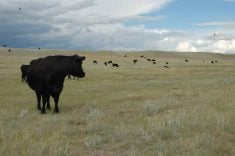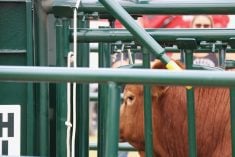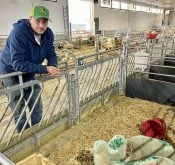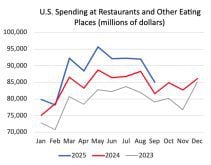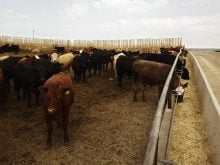When Simon Goodwin wants to bring in changes on his hog farm southwest
of Edmonton, he gives priority to the pigs.
“Any changes we make have to be better for the pigs,” he said.
A British immigrant, he is cognizant of how public concern for animal
welfare is changing the ways farmers tend their livestock. He brought
those sensibilities with him and has modified his farm for better
welfare and ultimately improved production from his sows.
He explained his practices at an animal welfare session of the Alberta
Read Also
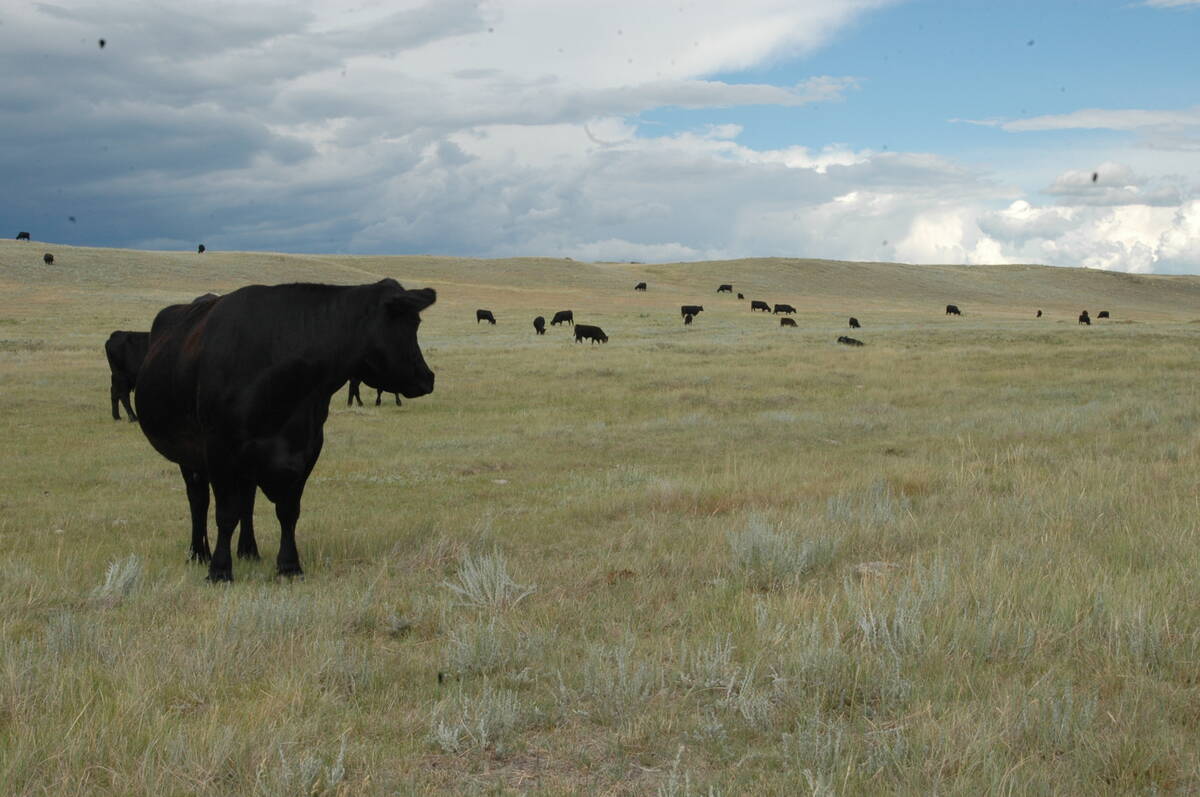
Canadian Food Inspection Agency slammed for handling of bovine tuberculosis case
The federal government leans heavily on producers to “take one for the team” and risk their livelihoods without any reassurance of support.
Pork annual meeting in Calgary.
He has covered weaner pens and open gilt penning. He continues to use
gestation stalls because he believes these are safer for piglets and
sow comfort. His newer stalls are seven feet, six inches compared to
the standard six feet, six inches because his pigs’ genetic type does
not fit into conventional, smaller crates.
There are campaigns in Europe and North America to ban sow stalls
because some believe they are too confining. He disagrees.
“You throw out the old and replace it with the new (but it) does not
necessarily mean something better,” he said.
“It doesn’t matter what system you have. There are problems on both
sides. The fundamental thing is stockmanship.”
He believes the greatest resource on a farm is a well-trained staff
that understands the importance of treating livestock well.
“Where we miss out is the resources we give out to the frontline
workers. There is a fundamental lack of investment in the people,” he
said.
While producers like Goodwin may be trying to do everything right,
there are still industry wide concerns.
A rapid shift in North American animal care standards occurred in 1999
when American fast food restaurants and grocery stores stepped onto the
stage.
Animal rights groups targeted chains like McDonalds, Burger King and
Wendy’s accusing them of abetting abuse of animals.
The companies ultimately demanded audits of processing plants to
ensure animals and poultry destined for their restaurants were raised
and treated properly. If plants fail, they are no longer suppliers.
Demands include no facial or repeat branding; dehorning and castration
wounds must be healed before animals enter feedlot and no downed
animals may be procured for meat.
Burger King is looking at alternatives to gestation stalls for sows and
may only buy pork from producers using alternative housing.
The chain is also demanding independent third party audits but has also
said it wants standards that are consistent, measurable and do-able.
Canada generally had a better record than the United States in terms of
housing and slaughter procedures, said Susan Church of the Alberta Farm
Animal Care Foundation.
Canadians also assured groups like the People for the Ethical Treatment
of Animals that all livestock and poultry groups have codes of practice.
However, these groups remain cynical because all the codes are
voluntary and there is no auditing in place to ensure animals are
living within the guidelines.
Groups like the egg and pork producers are taking steps to improve
their codes and ensure they are being followed. Besides working to
improve food safety, animal welfare provisions are to be included.
Poultry for example, has had a code of practice since 1983 and revised
the code in 1989. It is under revision again and will become two
separate documents for poultry and layer hens. The poultry codes
already placed higher standards for such things as cage size and beak
trimming than the American industry.
A representative of the Canadian Council of Grocery Distributors said
codes are fine but they need to be more than lip service.
“I’ve read all the codes. We take you at your word but we need some way
to verify it,” said Brian Walton.



